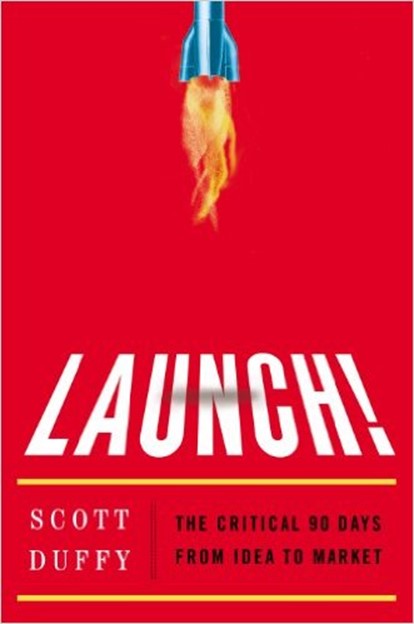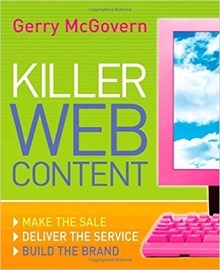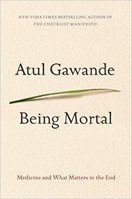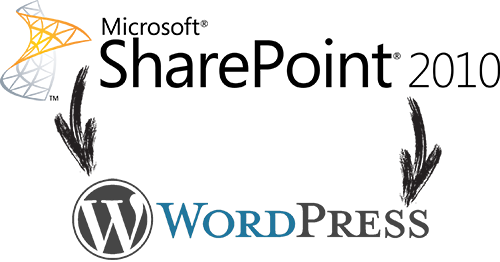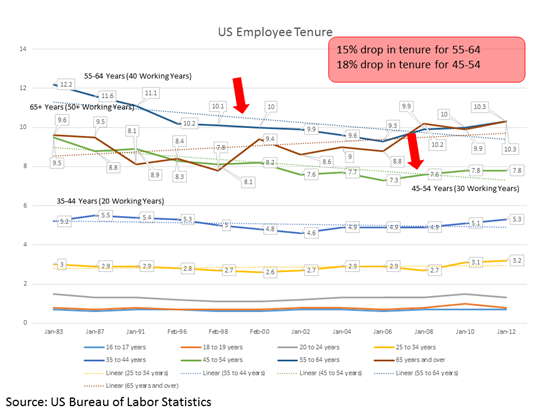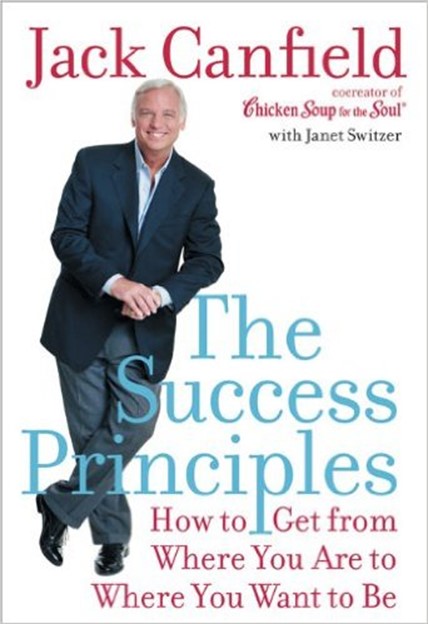
Book Review-The Success Principles
I started reading The Success Principles because it was the book that CJ McClanahan was going to do next in his book club. While that idea got redirected, I finished reading the book – several months after I started. Part of that is because the book is long. It’s not quite 500 pages. Where most business books weigh in around 200 pages. So there was more content here than in two average business books. Another reason is there are 64 chapters. I have a habit of reading a chapter at a time from a few books at the same time. So with short easy to read chapters this book ended up taking longer.
No matter how long it takes to get through the real question is was the information impactful. In a word, Yes. However, you know I’m not going to leave it at just one word.

Establishing Context
Before diving into the content of the book it’s important to understand Jack Canfield. Jack is best known for his co-creation of the Chicken Soup for the Soul series of books. These books have been a consistent encouragement for over 20 years to millions of people. As a result Jack has direct experience in being successful. Along the way he exposes that success is the result of your responses to events – and perhaps a bit of luck.
The other context that you need to understand about The Success Principles is that the book is over 10 years old having been first published in 2005. It’s not going to be about the newest fad or phase. It’s designed around timeless principles rather than the psychology of the moment. It is in fact, much like the Chicken Soup for the Soul series, a collection of best practices which may have been seen in other places before. That doesn’t make them less valuable – in fact it makes them more valuable. The Success Principles is frequently referring to other books and experts for more on a principle being revealed.
Talk and Action
Do you have friends or acquaintances who routinely complain about their circumstances to you? Do they feel underappreciated at their job or slighted by their family – and they’re telling you? It’s unlikely that you’ll be able to do anything about any of the situations that they’re talking about. However, they inflict their pain on you because complaining feels better than doing the hard work of addressing the problem whether that problem is in them or in the other person. Their ego (See Change or Die for my discussion of The Ego and Its Defenses) won’t allow them to see that there are things they need to work on like setting boundaries (See Boundaries and Beyond Boundaries for more on boundary setting.) While you can have sympathy for these folks, the fact is that until they’re able to address the barriers in their life – the barriers that they have the power to remove, they’ll likely be stuck complaining about the same things to the same people who can’t help them.
Every book on success has a component of its message which is action. This shouldn’t be surprising because it takes action to change the circumstances in which you live. However, sometimes there are recommendations to wait until you know where you’re going to go. There are sometimes four easy steps to figuring out your mission in life. Once you have that figured out then you can start to take action. I was recently reminded that I often say that I have no idea what door God is going to open for me but in the meantime I’m going to be putting on my running shoes. That means taking actions that lead me to the success that I want. Not that I don’t feel abundantly blessed – however, I also feel like there is more I’m supposed to do for humanity. So I take action to better myself and my environment every day.
The key to changing your life for the better isn’t in thinking about a better life. It’s not a dream that you can grab ahold of and suddenly reach. It’s a thing that you have to strive for.
Delegation
There are some things you just have to do for yourself. I recently reorganized the garage and mini-barn at the house. The unfortunate reality of this is that I couldn’t delegate this to anyone else. I needed to make the decisions about what to keep and what could go away. I needed to organize things in a way that made sense to me. It simply wasn’t something that I could delegate. Jim Rohn said “You can’t hire someone else to do your push-ups for you.” So this is a time consuming thing that I had to do.
Conversely there are still many things that I do that I should delegate and don’t. That’s one reason why I bought a stoplight for my office. Yes, a real, full sized stoplight. The goal was to help me to remember the rules for delegation. The reality is there are a large list of things that I can do. I can clean the office. I can mow my yard. I can go to the post office. These are the yellow lights. For me the things that I can do aren’t necessarily the things that I should do. The things I should do are a green light. These are things like reading books and writing blogs. They are the things that require me and not someone else. Finally there are the things that I should not do. Not that I can’t just that I shouldn’t. For instance, I shouldn’t do plumbing. I learned how to sweat copper for a little project – but just because I can doesn’t mean I should go replace a water heater. There are things that are better left to experts and I need to know when to hire those out.
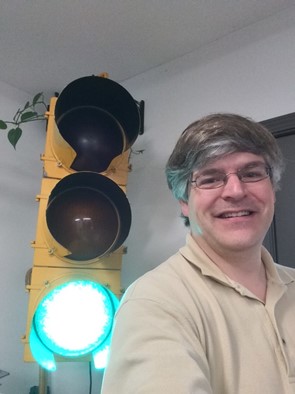
Finding Your Mission in Life
One of the greatest aspirations of people is to determine their mission in life. The goal is to figure out what they should do with the time that they’re given. However, at the same time this is also one of the most elusive things. We hear of people going through mid-life crises knowing that they didn’t accomplish what they wanted to accomplish and realizing they need to make a change. So they buy a sports car or decide to run a marathon or make other changes in their life that they believe will move them closer to their mission. However, these changes are superficial and often don’t lead to the kind of lasting joy that people want.
Canfield says that joy is your inner guidance system. It’s the thing that leads you to knowing where your mission lies. If you’re working on things that bring you joy whether you’re monetarily successful or not doesn’t matter. What does matter is that you’re joyful.
While it’s easier to reach a goal when you know what it is, if you’re like me sometimes the hardest part is figuring out what the goal should be.
Belief in Your Dreams
There’s a careful balance to be struck between entitlement – the belief that you’re due something – and availability – that if you work towards the goal you’ll achieve it. We live in a world where millennials have been conditioned to believe that they deserve things. Their parents wanted to make sure that their children weren’t being overlooked. Whether it was equal playtime in the junior soccer league, getting the lead part in the church play, or even just getting the biggest slice of the pie at the party. As a result we’ve created a group of people that as a whole believe that they’re entitled to a better life. I’m appalled to hear stories where parents are going to interviews with their children – their college graduated children applying for professional positions.
On the other hand there are far too many of us who are being held back by limiting beliefs that we’re not worthy or that we don’t deserve success and happiness. We believe that success can only come to those people who have something that we don’t. Carol Dweck in her book Mindset makes the point eloquently that we aren’t a fixed point that we can change, adapt, and grow. Sometimes it’s not that we believe that we’re not good enough but instead we believe that we don’t have the right circumstances. Perhaps you weren’t born to a rich family. Perhaps you didn’t go to college. However, these barriers aren’t real. We’re taking generalizations like more education equates to more compensation. We’re forgetting that buried into any statistic are the outliers. (See Malcom Gladwell’s book called Outliers for how to become an outlier.)
The fact of the matter is that 20% of America’s millionaires never set foot in college and nearly 10% of the Americans listed as billionaires didn’t get their college diploma. If you’re thinking that you can’t be successful without a college degree – there are some folks who would beg to differ. In fact roughly 75% of the folks that make their fortunes are entrepreneurs. Only 10% of the wealthy are executives – which is the way that we typically think of the wealthy. The entrepreneurs are united by a belief that they can do something. Their battle cry is “Let’s try.”
If you feel like you can’t then someone in your life has taught you self-limiting beliefs that have to go. The fact of the matter is that you’re never really stuck unless you give into those limiting beliefs. The only losers are those who don’t get back up on the horse.
Consider for a moment that 80% of lottery winners file bankruptcy within 5 years. That’s crazy. Their success wasn’t limited by money as we’ve been taught to believe. Their success had to be tied to something else. Perhaps it’s the way they view money or perhaps it’s their self-control. Whatever it is, it’s clear that their problem wasn’t a lack of money.
Converting Dreams to Reality with Persistence
If you can hold onto your dreams and never let go then you’ll eventually achieve them. Whatever you call it grit (in the language of How Children Succeed), Stockdale Paradox (in the language of Good to Great), perseverance (in the language of Seeing What Others Don’t) or simply persistence (in the language used by Emotional Intelligence) the fundamental point is the same. That is, that there’s a power in just being persistent. Persistence created the Grand Canyon. Water didn’t carve the canyon in a day. The Golden Gate Bridge was initially conceived in 1916 and didn’t finally open until 1937. The Sagrada Família started construction in 1882 and it’s estimated that the construction will be completed in 2028.
Persistence pays off. Consider that 44% of all sales people quit trying after the first call and 94% of sales people quit by the fourth call but 60% of all sales are made after the fourth call. So 94% of all of sales people aren’t eligible for 60% of the sales because they’re unwilling to invest in getting the four rejections they need to earn the right for the remaining 60% of the business.
Not every endeavor or every dream requires the level of persistence as some of the above examples but anything worth doing – anything that will be truly rewarding – requires a level of persistence to make it happen.
The Truth and Small Changes
The truth is that the difference between wildly successful and relative mediocrity is very small. Consider that in baseball the difference between great players (> .300 batting average) and the mediocre (> .250 batting average) is just one hit in twenty. The truth is that the differences that put someone at the top of their game and the rest of us are just a few small things. (See Three Plays in Launch!)
However, despite the relatively small changes necessary to achieve great success most people are afraid of the truth. They don’t want to know that they slouch when they speak or that they slur certain words. They don’t want the negative feedback. Their ego doesn’t want to be harmed (See Change or Die for more on the ego and its defenses).
The problem is that the truth is the truth whether you’re aware of it or not. Babies don’t suddenly float because they’re not aware of the law of gravity. The truth doesn’t hurt us less because we don’t know it. We just don’t understand its effects. (See Thinking in Systems for more on not understanding how a system operates.)
One of the challenges with finding the truth is understanding what the truth is. The problem is that we don’t get the truth. We simply get perceptions and feedback. I once was speaking in LA about abstraction and wrapping classes and I made the offhand remark that I had to be careful about talking about rapping on stage because I might get shot. At the time there were a lot of rappers getting shot. One of the pieces of feedback that I received (and I’m not making this up) was that I was a racist. It was that one comment that they believed made me a racist. The interesting thing about this is that one could say I was stereotyping rappers – guilty as charged – but saying that I was a racist didn’t make any sense.
The point of this story is that people only have their perceptions and can only provide their feedback. It’s up to us to find the truth – sometimes the hard truth – in what is being said. Jack Canfield quotes Jack Rosenblum as saying “If one person tells you you’re a horse, they’re crazy. If three people tell you you’re a horse, there’s a conspiracy afoot. If ten people tell you you’re a horse, it’s time to buy a saddle.” The point is that you’re going to have to ask for a lot of feedback to find the truth – whether it’s that you’re a horse or not.
Asking for feedback is an act in humility. (For more on humility see Humilitas.) It’s placing yourself in a stance that is willing to learn. Sometimes this is called a palms up stance. It’s a willingness to learn from what is around you like the Jesuits did. (See Heroic Leadership.) To act in a way that allows you to be that open requires a great deal of inner strength to be able to accept the feedback. For me that’s a stable core – knowing who I am and what I stand for. I talk about this in my post The Inner Game of Dialogue and how the martial arts core of centering is key to being able to accept the feedback of others.
Core Genius
What is it that you do better than anyone else in the world? If you can’t answer that then perhaps you can answer what can you do better than anyone else in your world? Or perhaps what do you feel like you’re the most naturally gifted or talented at? If you’re like me the question is still rather hard, however, I’m developing some answers.
I decided to purchase the Strengths Finder 2.0 book and take the Clifton Strengths Finder assessment. I scored top three talents in Learning, Futuristic, and Strategic. These talents lead me to not have one thing that I’m good at – one core genius. Instead, as a learner, future focused person (See The Time Paradox for parallels), and strategic thinker I tend to learn lots of things – sometimes well and sometimes less well.
For me, there are many things that I can do which are powerful. From my point of view the adaptability and deep reservoir of things I’ve learned over the years are my core genius. However, that’s like saying that your core genius is the next thing that you encounter – it’s not very fulfilling from the “find an answer” point of view.
If you’ve got a better, more focused answer, the question is how much of your time do you spend doing that thing – and how much time do you spend doing “everything else.” Even without focus I’m careful to consider those things I can, shouldn’t and should do. The things I should do are those things where they match key skills that I’ve developed or will energize me. The rest of the things that I do I need to try to delegate. It’s estimated that entrepreneurs spend only 30% of their time in their core genius. Can you imagine what it would be like if we could spend 70% on our core genius? Perhaps you would find your own Success Principles.


